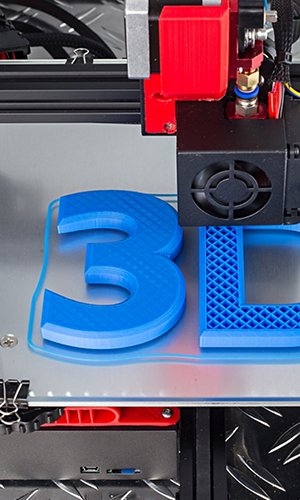Ai-Da, described as the world's first ultra-realistic robot artist, is a humanoid creation combining cutting-edge robotics and artificial intelligence. Designed by art dealer Aidan Meller and built by UK-based robotics company Engineered Arts, the creators of Ameca—one of the most advanced humanoid robots—Ai-Da’s AI capabilities were developed by researchers from Oxford and Birmingham universities. Ai-Da is notable not only for her artistic skills but also for raising profound questions about the nature of creativity and the role of artificial intelligence in art. Her name pays homage to Ada Lovelace Byron, the daughter of poet Lord Byron and widely regarded as the first computer programmer in history. Born in 1815, Ada Lovelace made significant contributions to information sciences at a very young age. She envisioned the potential of computers far beyond simple calculations, imagining their application in music, art, and other creative fields.
With a lifelike rubber face, bob haircut, and denim overalls, Ai-Da's human appearance contrasts starkly with her robotic arms, adorned with exposed cables and blinking lights. Ai-Da’s creative process is an intricate collaboration between artificial intelligence and human intervention. The human team collaborates with Ai-Da on her artistic intentions, discussing elements such as style, colour, content, tone, and texture. Using her camera-equipped eyes, Ai-Da examines a reference image and, with the help of AI drawing and painting algorithms, produces preliminary sketches using her robotic arm. She then physically applies acrylic or oil paints to a canvas, a process that takes between six and eight hours to complete. For the portrait of mathematician Alan Turing, Ai-Da created 15 individual sketches. From these, three were selected, digitally merged, and printed onto a large canvas using a 3D printer. Studio assistants added texture to the canvas, compensating for the limitations of Ai-Da's robotic arm, which is restricted to working on A3-sized canvases—double the size of a standard sheet of paper. Afterward, Ai-Da enhanced the final canvas by adding deliberate marks and textures, deciding the placement and colour based on her preferences expressed during discussions with the human team. In 2023, Ai-Da’s painting of Turing, titled A.I. God, sold for $1.3 million at a Sotheby’s auction in New York, far surpassing its initial estimate of $120,000–$180,000. Purchased by an anonymous buyer, the sale marks a pivotal moment in art history, as it represents the first time a humanoid robot’s artwork has been sold at auction. This event raises profound questions about the evolving role of artificial intelligence in art and its creative future.




